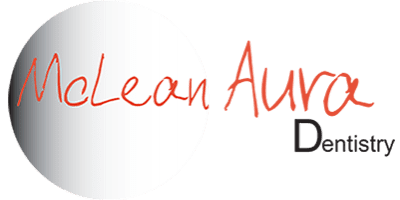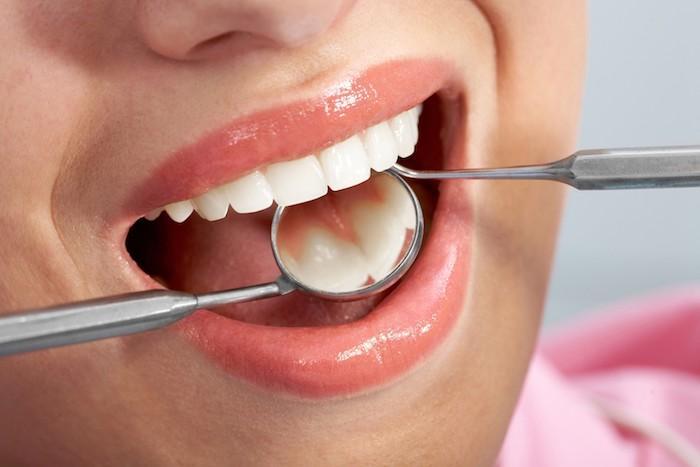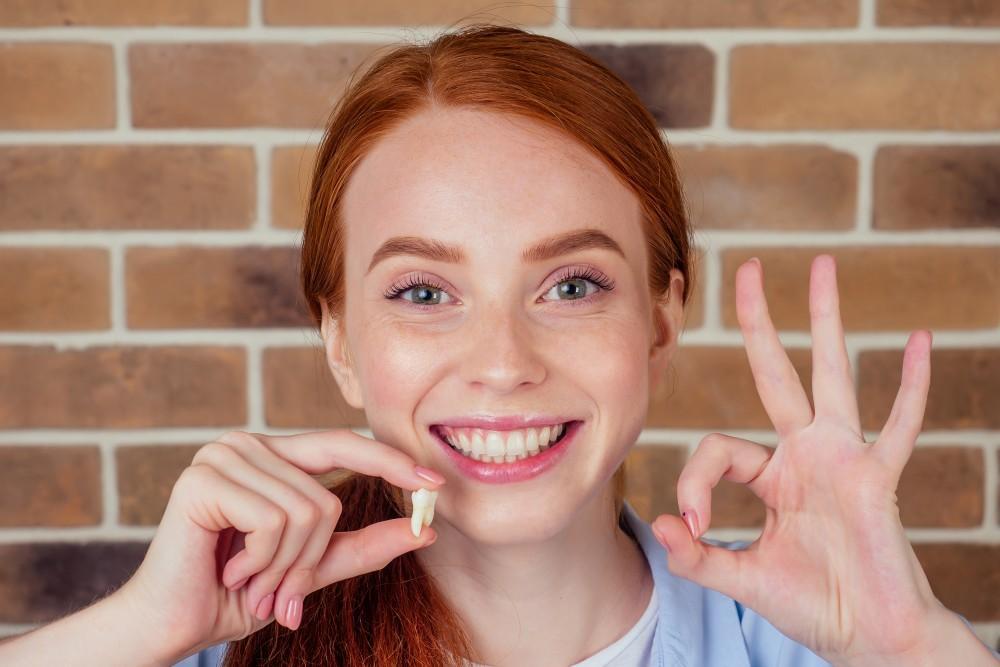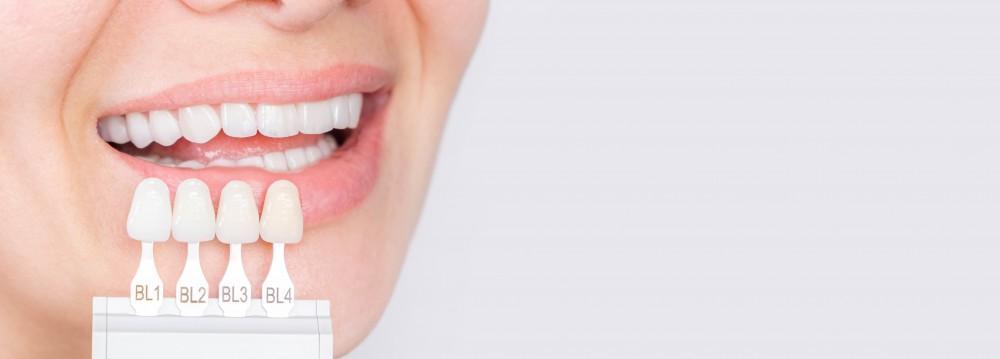Your day doesn’t really start without your morning cup of coffee or tea, and perhaps you like for it to end on a good note with a glass of red wine. These are just two habits that can lead to teeth staining, and there are plenty more factors that place you more at risk for discolored teeth.
In this month’s blog post, Dr. Negar Tehrani and the team of dental health experts here at McLean Aura Dentistry take a closer look at teeth staining and how we can restore your pearly whites.
Different types of stains
The first point we’d like to make about teeth staining is that there are three different kinds:
1. Intrinsic staining
This type of staining begins on the inside of your tooth and makes its way to the surface. A good example of this is an antibiotic, such as tetracycline, that binds with the calcium that was forming your teeth as a child.
2. Extrinsic staining
Anything that stains your enamel from the outside is known as extrinsic staining and includes foods and drinks and habits like smoking.
3. Adult-related staining
If your teeth are becoming yellow, this occurs as the protective enamel on your teeth begins to break down over time, which allows more of the brown dentin inside your teeth to show through.
Foods, drinks, and risk factors that lead to teeth staining
Whether from the outside in or the inside out, there are myriad forces that can stain your teeth. When it comes to foods and drinks, some common culprits notorious for extrinsic staining, such as:
- Artificially colored drinks (think dark sodas) or candies
- Berries
- Coffee and tea
- Red wine
- Tomato sauces
Falling under the bad habit category are smoking and chewing tobacco, which can leave very dark stains on your teeth.
As we mentioned, there are certain medications, such as tetracycline, that have been long associated with tough intrinsic staining in your teeth. In addition to this antibiotic, your teeth may have been exposed to too much fluoride when you were younger, which can also lead to intrinsic staining.
Another factor that may lead to staining is bruxism, or grinding your teeth. This habit can wear down your enamel, making your teeth more prone to discoloration.
While we’ve discussed the effect that age can have on your teeth in terms of discoloration, there’s another factor over which you have little control — genetics. The genes in your family tree influence many things, including eye color, height, and strength and thickness of your teeth’s enamel. If your family has a history of thin enamel, the odds are good that your teeth will discolor and stain more easily.
Getting back to white
No matter how your teeth become stained, the good news is that we have the tools to turn your discolored teeth into pearly whites. First, our professional teeth whitening with the Zoom whitening system is a great first step.
If this quick-and-easy whitening procedure fails to meet your goals, we can turn to cosmetic dentistry to cover up your discolored teeth with dental veneers or crowns.
To get on the road to white, bright teeth you’ll be proud to display, contact our office in McLean, Virginia, today.




